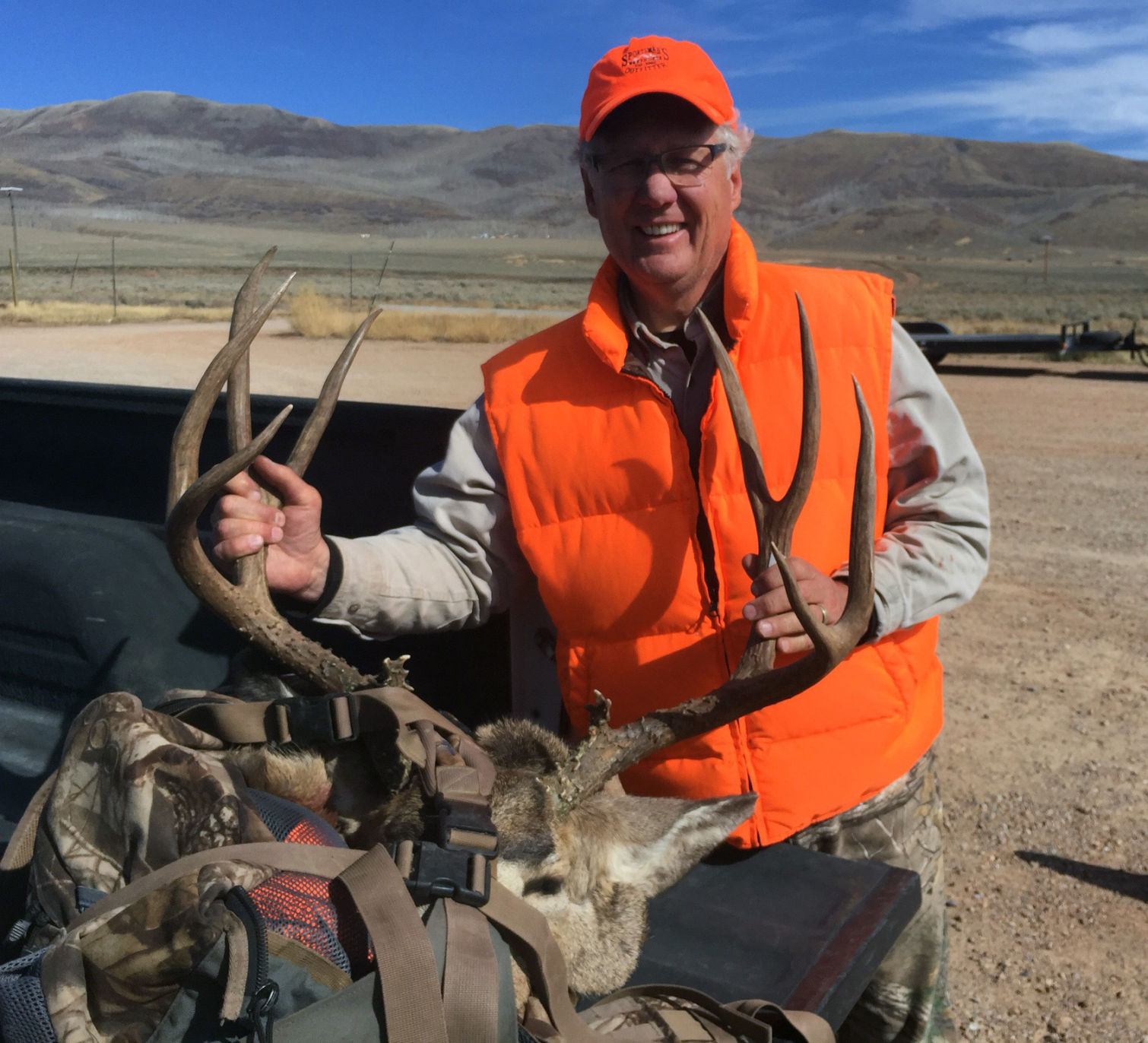After one of the best deer hunts in Utah in decades, the 2017 general rifle hunt has come out of the gates a little slower in some parts of the state.
A harsh winter in the northern parts of Utah, plus pleasant weather during the opening weekend of this year’s hunt, might be among the reasons why.
Top half of Utah
The northern, north-central and northeastern parts of Utah saw the biggest change. Randy Wood, wildlife manager for the Division of Wildlife Resources in northern Utah, says biologists staffed four check stations over the opening weekend. A total of 144 deer came through the stations on Saturday and Sunday. In 2016, a total of 282 deer came through the same four stations during the first two days of the hunt.
“This past winter was a tough one on the Box Elder, Cache, Ogden and Kamas units,” Wood says. “All of these units received lots of snow and experienced long periods of extremely cold temperatures. On the Cache unit, more than 90% of the fawns died.”
Bottom half of Utah
While the hunt was slower in the upper half of the state, the hunt was faster in parts of southern Utah. Guy Wallace, DWR wildlife manager in southeastern Utah, staffed a check station at LaSal Junction near the LaSal Mountains. He says the overall number of bucks taken was down a bit from 2016, but not by much. And he says the number of 1½-year-old bucks taken was actually up a bit from 2016.
“Southeastern Utah didn’t experience the type of winter the northern parts of the state did,” Wallace says. “Conditions were milder, and plenty of fawns made it through the winter.”
Teresa Griffin, DWR wildlife manager in south-central and southwestern Utah, reported mixed results: in some areas, hunters did well while in other areas, the hunt was slower.
“Overall,” she says, “the hunt was slower than last year, with fewer yearlings in the mix. Hunters were taking lots of 2- to 3-year-old deer, though.”
Harsh winter, mild fall lead to slow hunt

Buck
